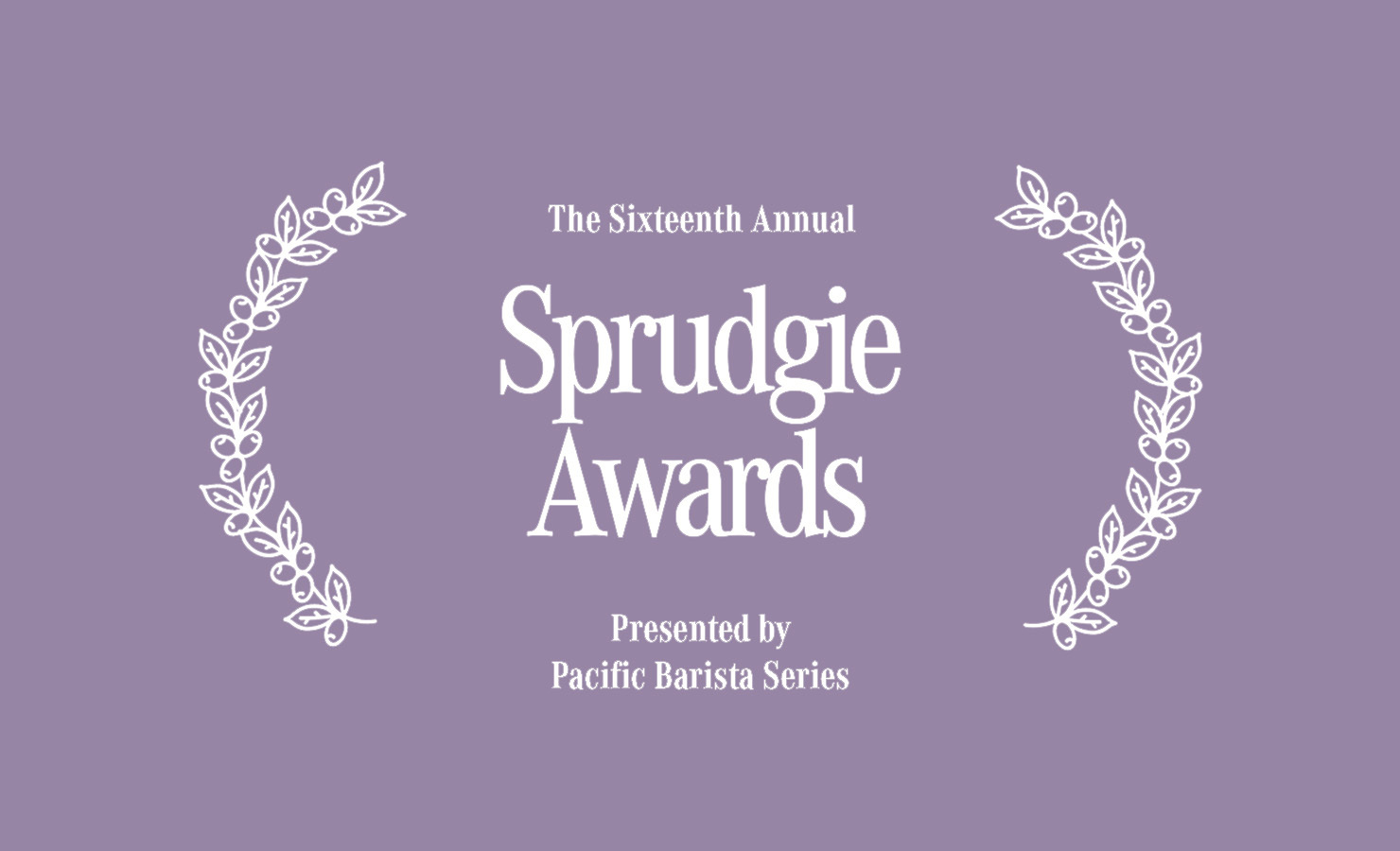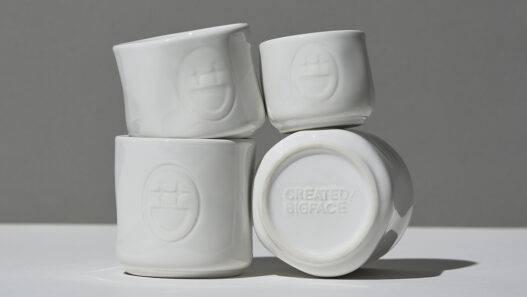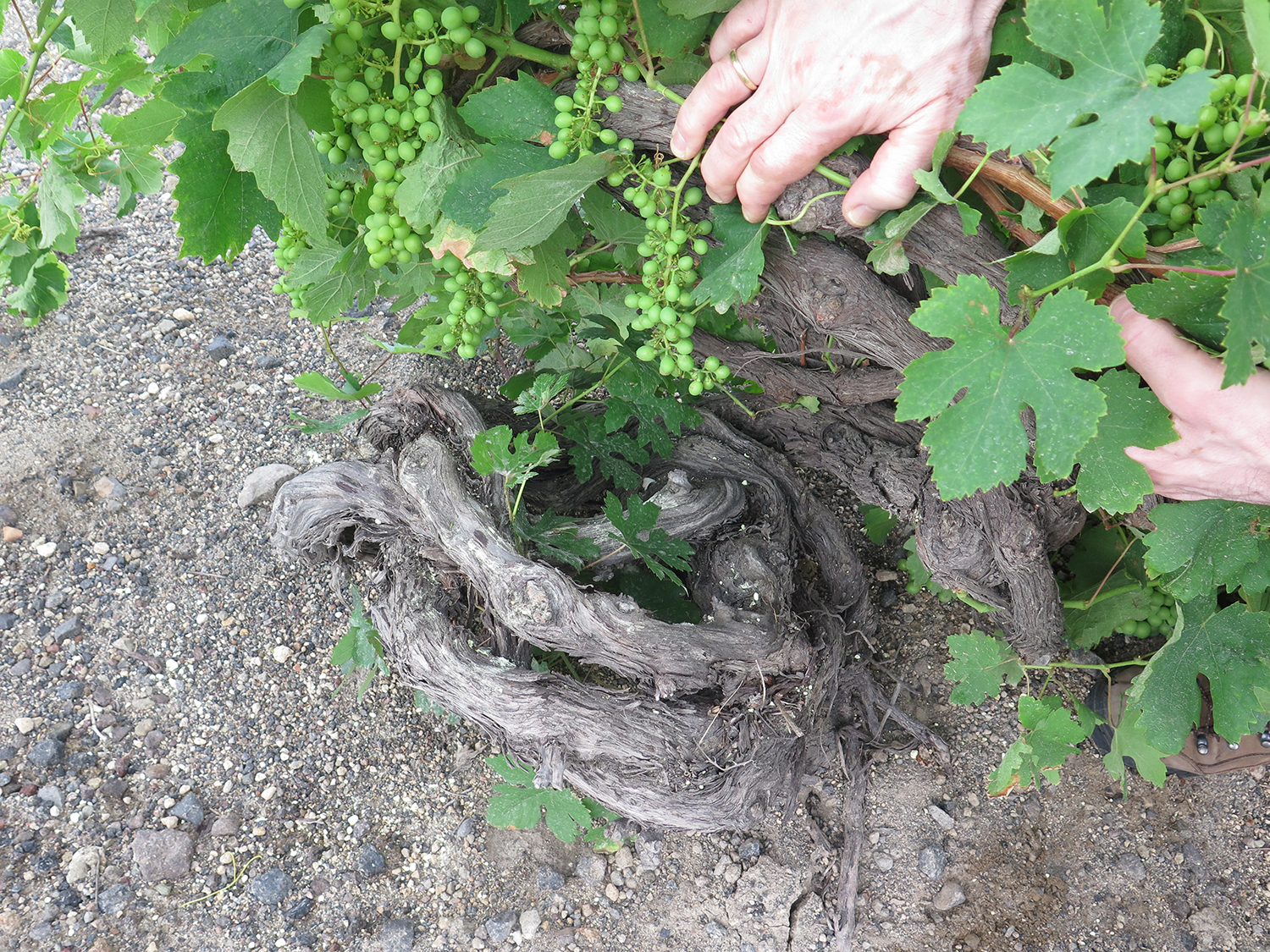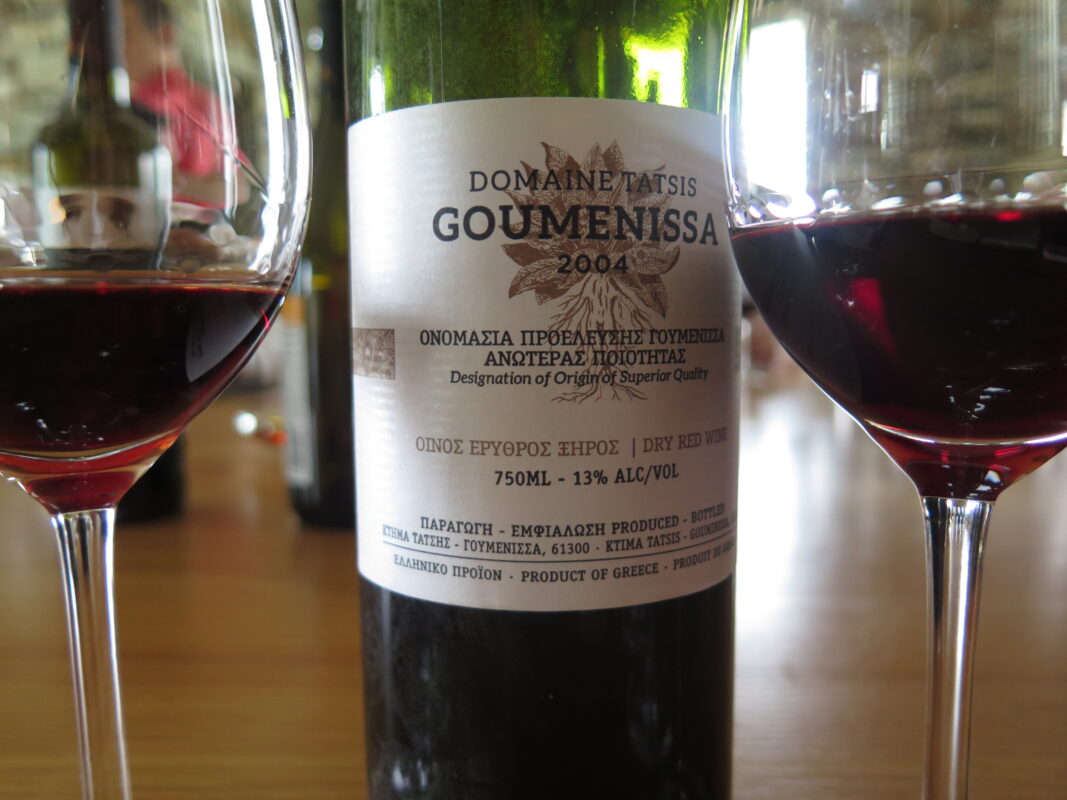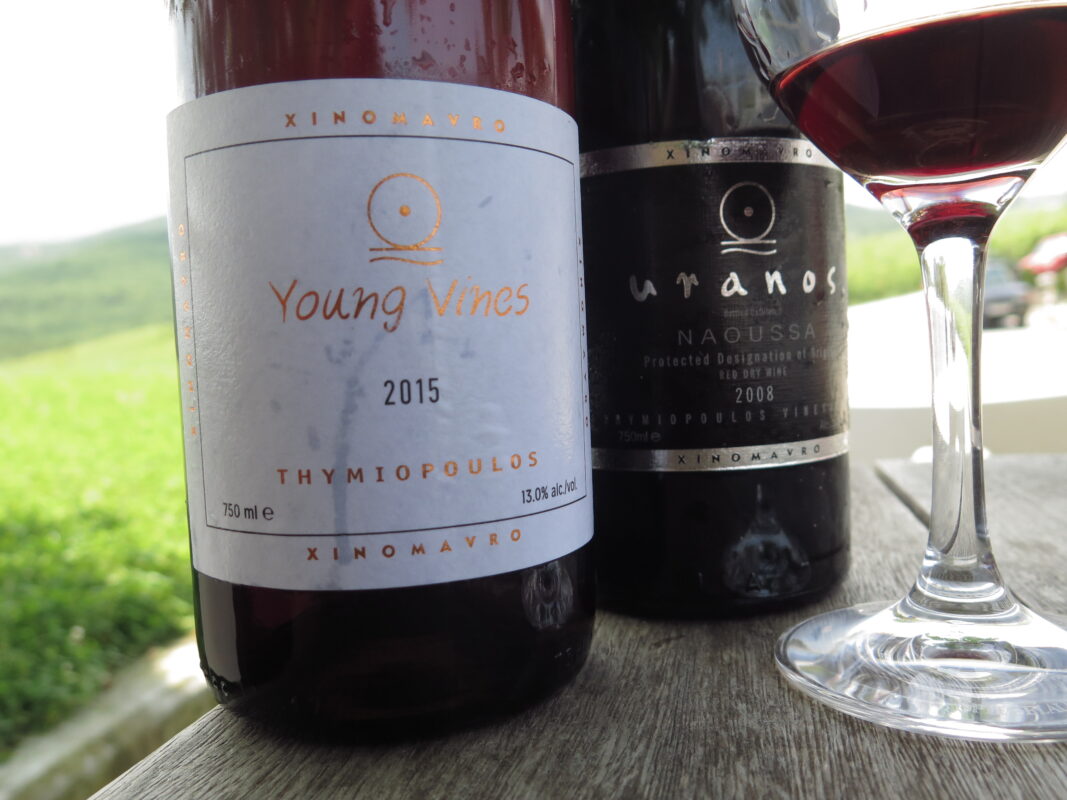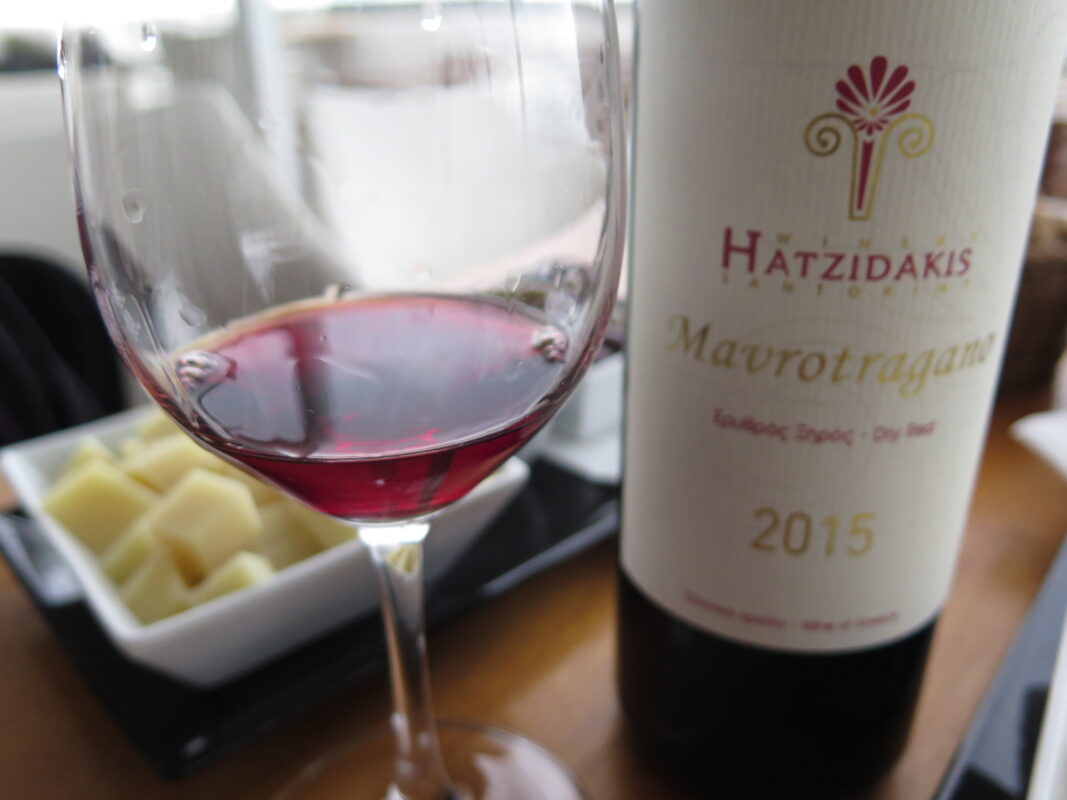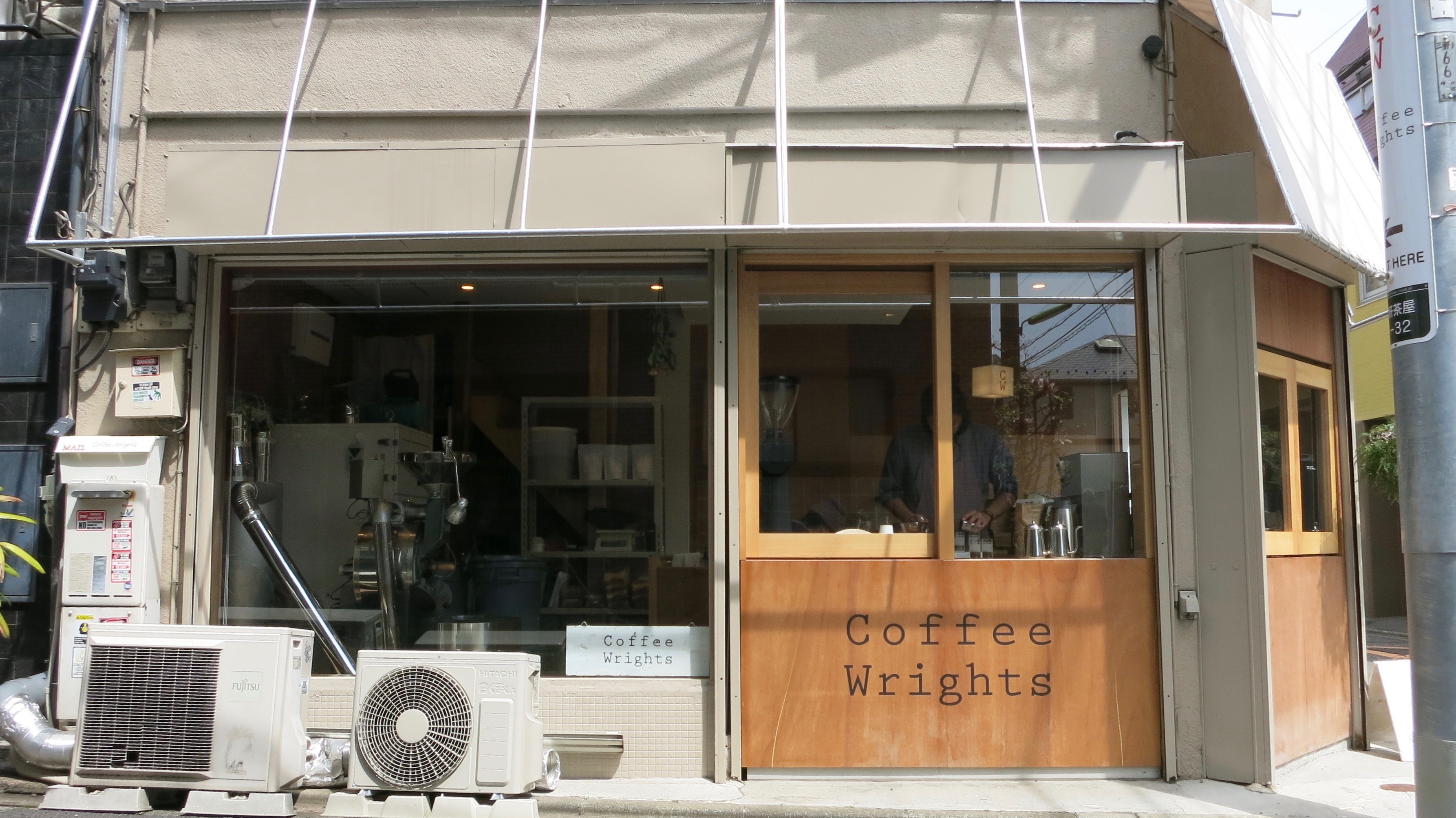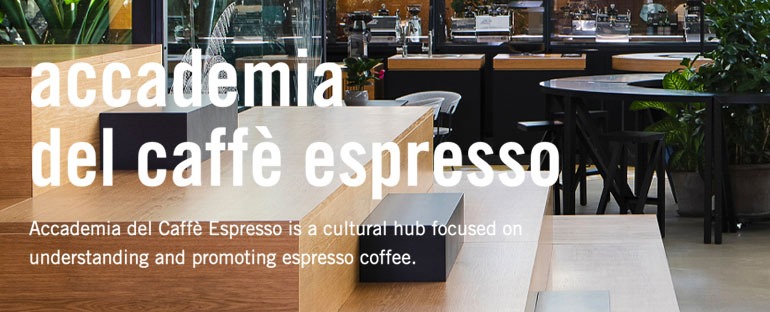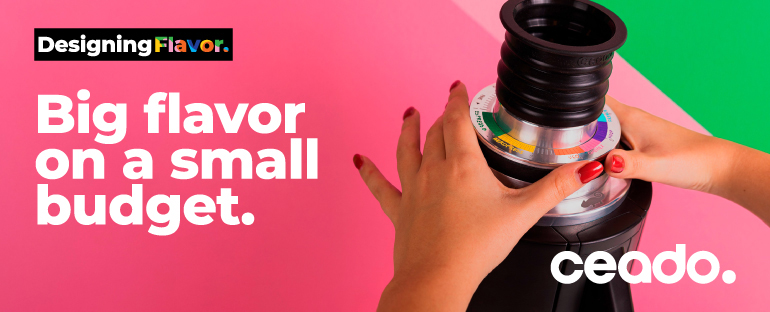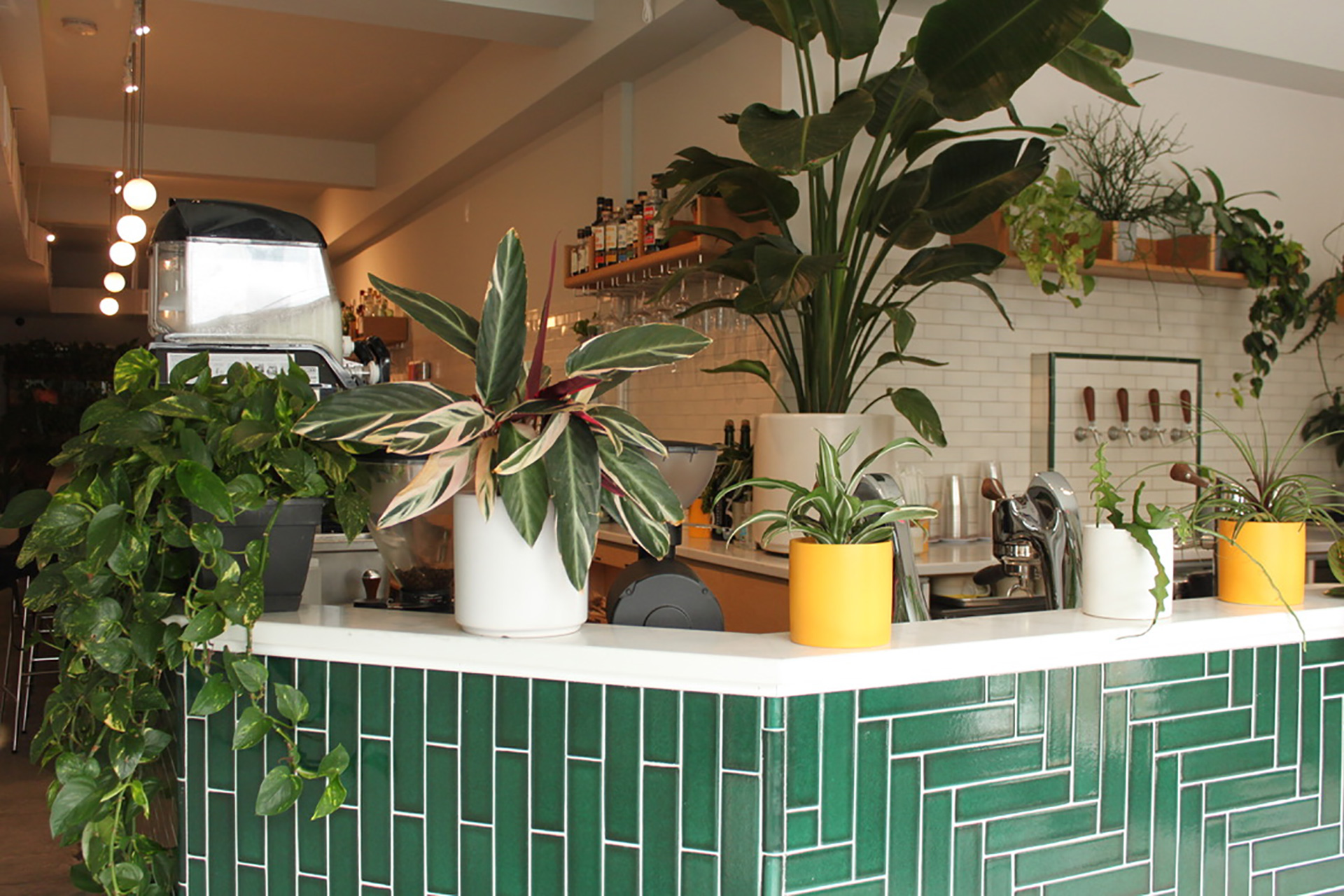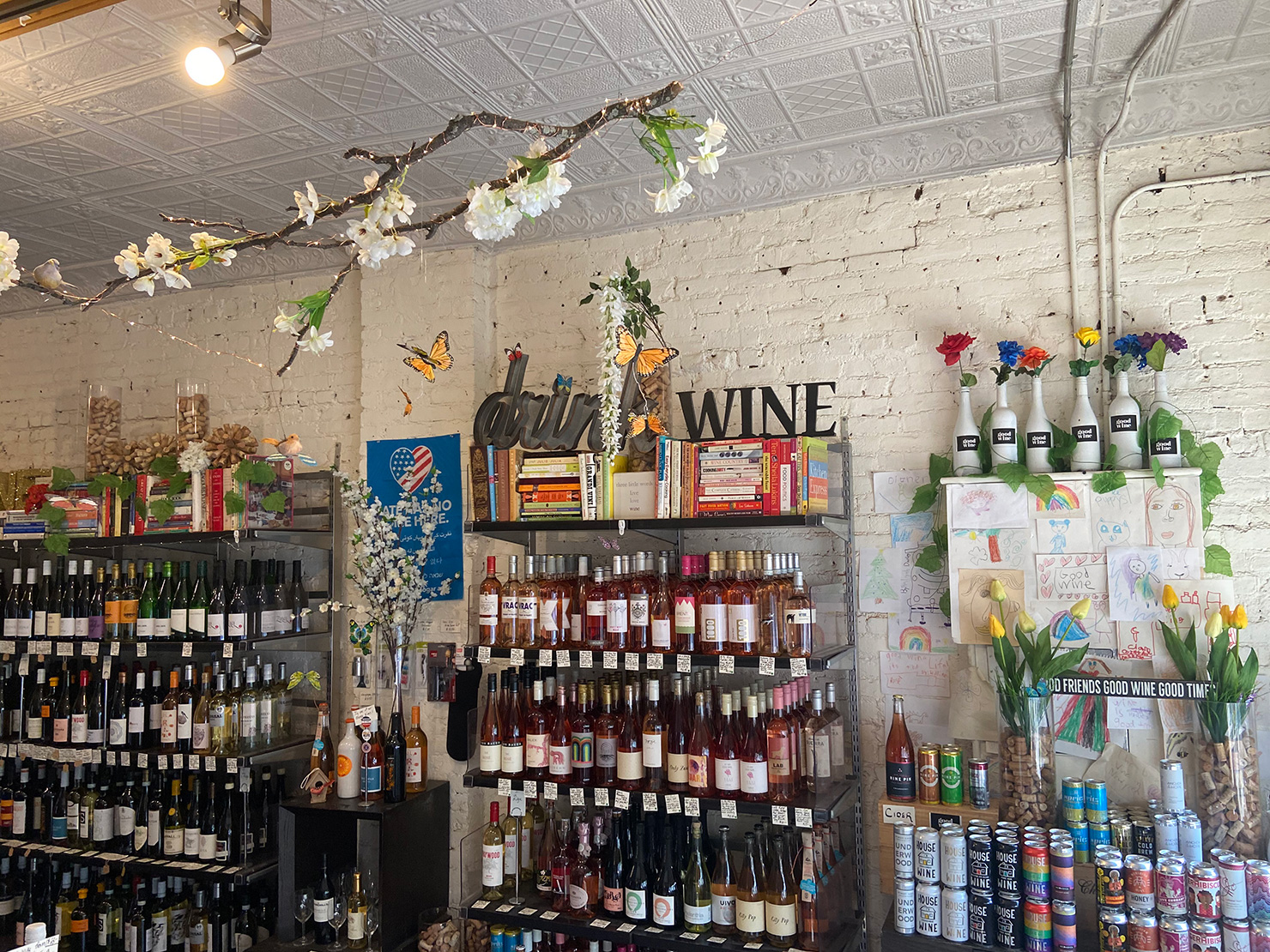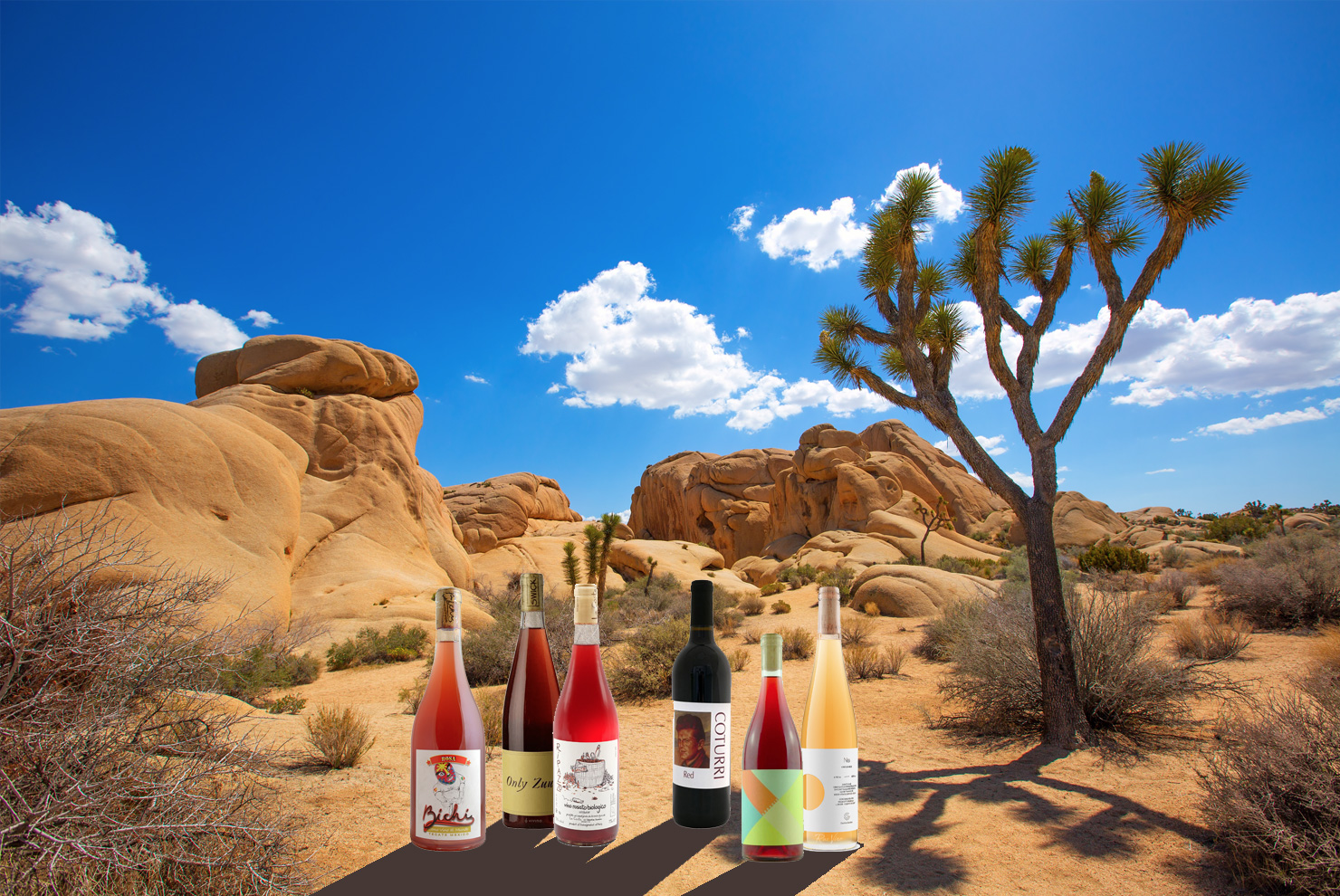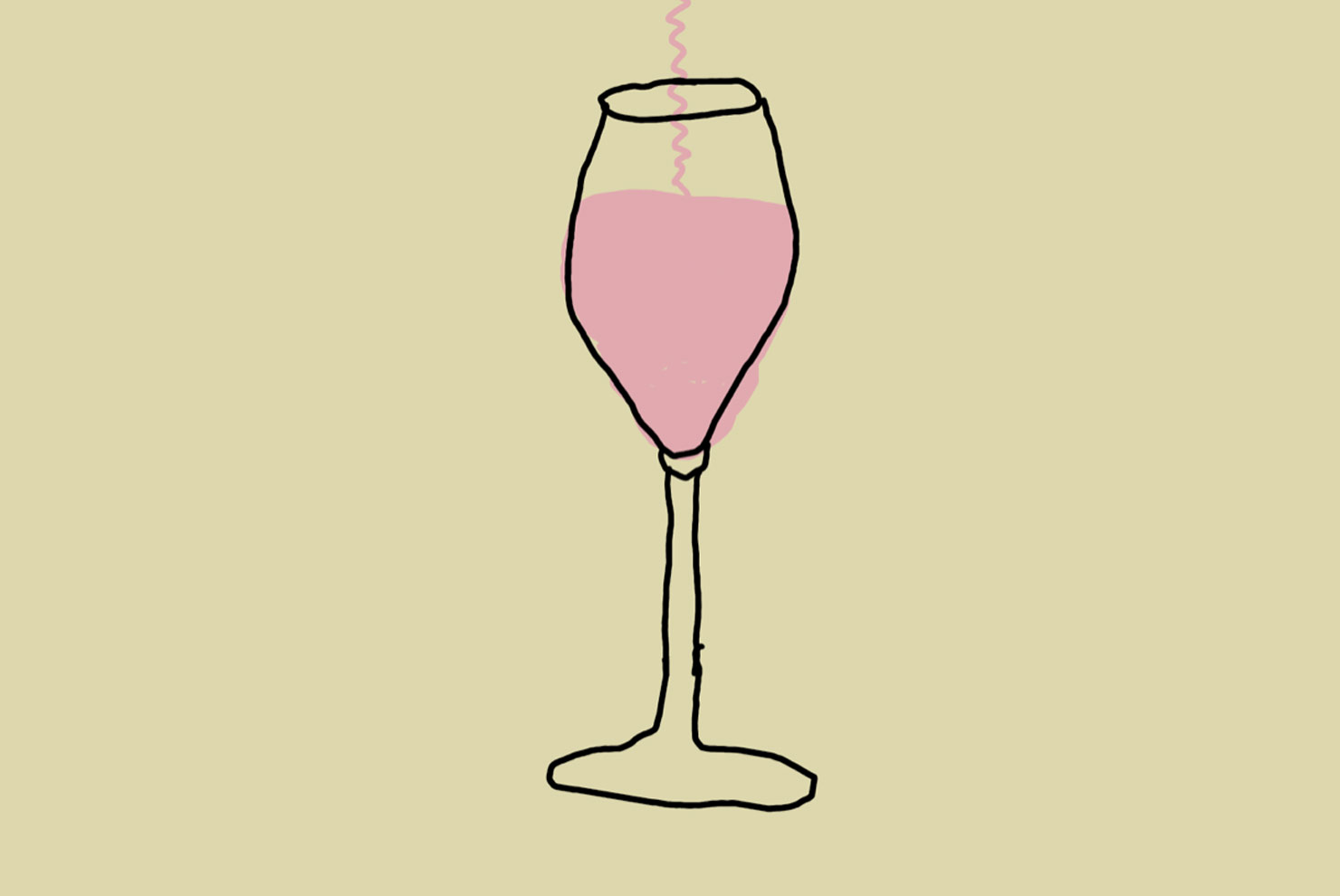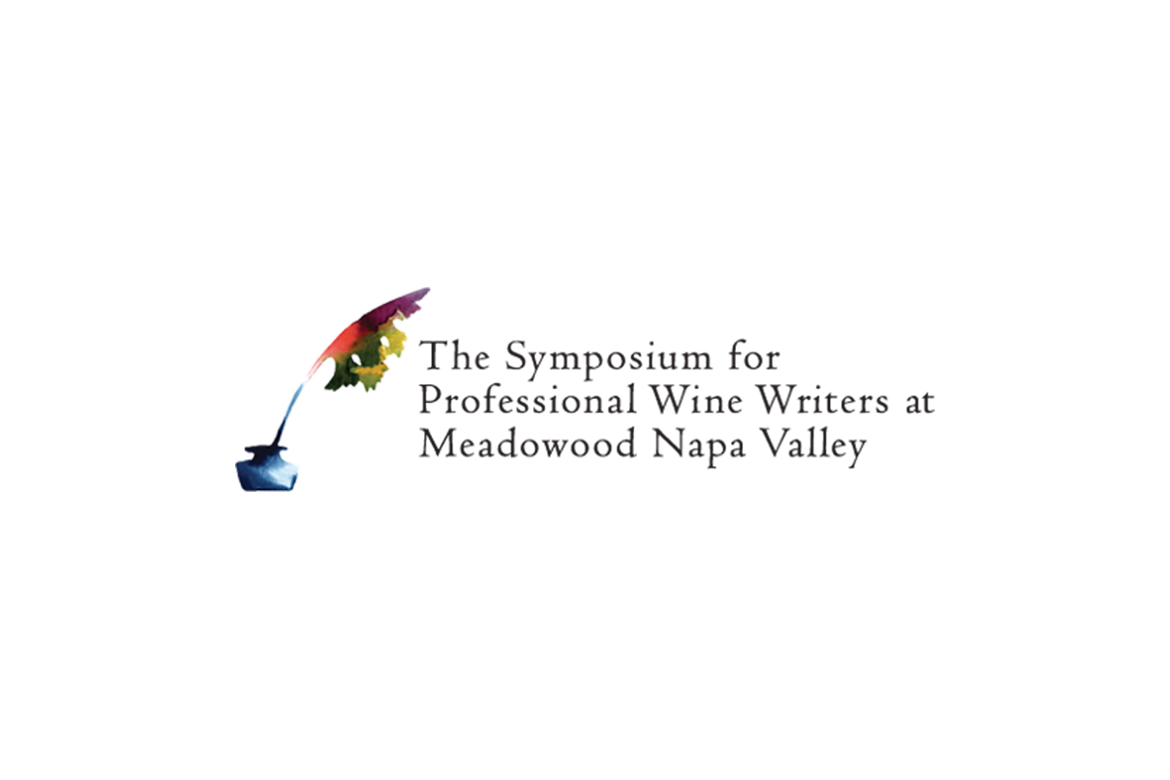Greece is one of the world’s oldest wine cultures, with about 4000 years of documented vine cultivation. In ancient times, the Greeks held philosophical debates called symposia, and wine was poured to fuel conversation and appetites. Back then, wine was vinified in clay amphora pots from vineyards co-planted with several grapes; long before France developed its appellation system, the Greeks used amphorae shapes to distinguish wines from different regions, and had a sophisticated and organized trade network.
In modern times, the use of amphorae faded away, and in the past few decades Greece has been focused on developing a strong export industry. Many Greek winemakers have trained as oenologists in Bordeaux, and returned home eager to plant “international varieties” like Cabernet Sauvignon and Merlot, and to vinify them technologically to fit the tastes of the market, with lots of new oak.
But Greece’s traditional wine varieties are interesting in their own right, and the country’s diverse terroir includes some very unique, ancient vine regions, most notably the volcanic island of Santorini, where ungrafted (franc de pied) vines are trellised in a spiral shape known as a basket, to protect them from strong winds. Several artisanal producers around the country are taking a peek back into pre-modern times to re-discover Greek winemaking. Below are some wine labels and individual bottlings to look for.
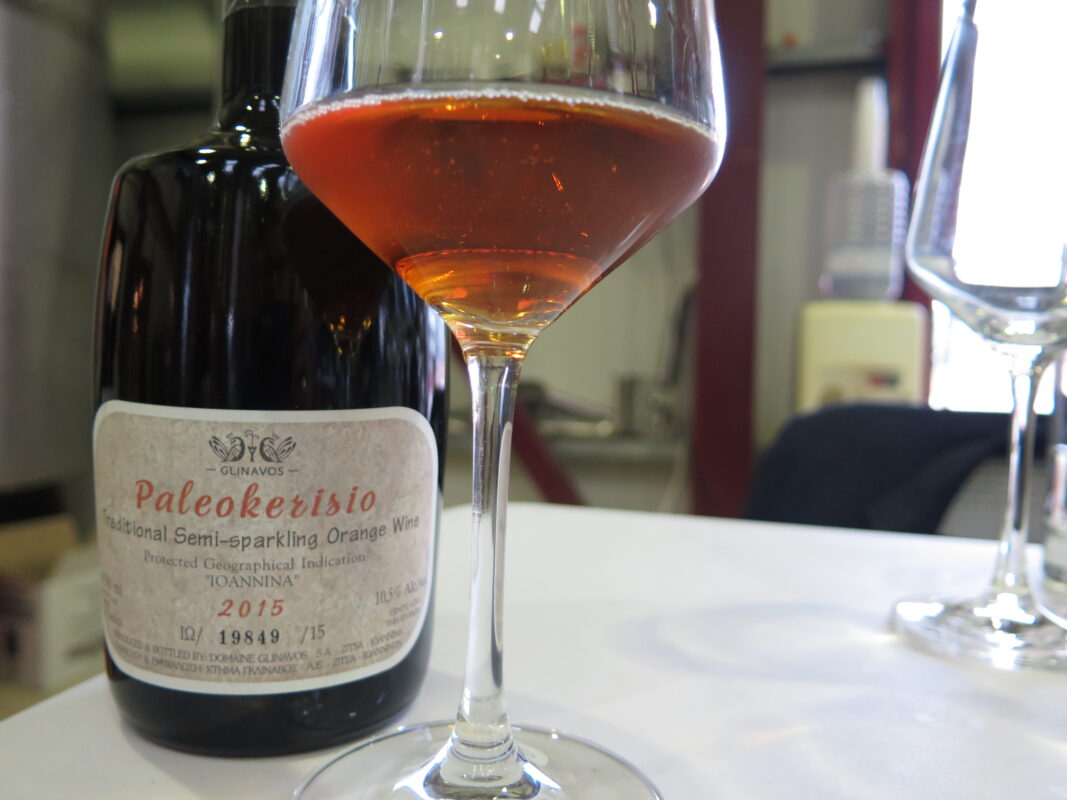
“Paleokerisio” by Domaine Glinavos<
This delicious and thirst-quenching fizzy orange wine has a fascinating backstory: “Paleokerisio” translates to “old-fashioned wine,” and it is a resurrection of a winemaking style that was dying out in the Zitsa region of Western Greece. Lefteris Glinavos of Domaine Glinavos researched it, with the help of a local university, and decided to make one using the white grape Debina, vinified with skin contact, and a tiny splash of the red grape Vlahiko. The bottle shape is an homage to the used beer bottles people typically put the wine into for secondary fermentation—but today, the wine is carbonated in tanks, so the bottle is symbolic.
Run by two brothers, Tatsis is a biodynamically farmed estate in the northern Greek region of Goumenissa, working with a wide range of grapes. They are just undergoing a label change, and the new bottles are more attractive and simpler. Highlights from the Tatsis lineup include a skin-contact 2007 Chardonnay aged in barrels including some new; a delicious, savory rosé made from the Negoska grape; a few rich, fuller-bodied, earthy reds from Xinomavro and Negoska; and a skin-contact pink wine made from the white grape Roditis. Some of the wine is filtered for clarity, but other than that there’s no intervention in the cellar.
Thymiopoulos Vineyards
This 36-hectare dry-farmed estate is in Naoussa, Northern Greece, where winemaking is focused entirely on the red Xinomavro variety. This grape is often compared to Nebbiolo, the grape used in Italian Barolo and Barbaresco wines. Indeed, Xinomavro (which translates to “black acid,” indicating the grape’s profile) can have powerful tannin and it ages very well, developing notes of smoky tobacco and leather. Many Naoussa producers like to over-extract tannin and ripeness from their Xinomavro, and apply flavorful new oak to the wine, but winemaker Apostolos Thymiopoulos offers a much welcome departure from that approach.
The Thymiopoulos “Young Vines” is a stainless steel-fermented cuvee, light and earthy with fresh acidity, not unlike drinking Gamay. They also have a cuvee from 42-year-old vines called “Uranos,” which is raised in 500-liter used oak barrels for 18 months; the wine evokes soil-like, forestal notes, with nice sweetness in the fruit, and soft tannins and minerality on the finish. It’s a wine that ages well, retaining its acid while developing complexity. Thymiopoulos also farms the vines that go into another label worth checking out, called Oenos.
One of the Santorini producers on every sommelier’s hot list, Hatzidakis is working with a natural approach. Their lineup includes a really interesting wine made from the red grape Mavrotragano, which was used in the sweet wine vin santo until it was determined that only white grapes could be used. Made as a normal red wine, Malvotragano is absolutely beautiful: Hatzidakas’ bottling is a light red, slightly ruby-hued color, with a red-fruited nose; on the palate, more earthy and forest floor notes dominate; and the wine has a strong backbone of acidity and minerality, with a soft tannic finish. The Malvotragano is very limited production, but you might find it in New York at a restaurant like Molyvos. Otherwise, Hatzidakas works with the signature grape of Santorini, the mineral-driven white variety Assyrtiko. You’ll generally find Assyrtiko vinified in stainless steel or old barrels, and it can have white flowers on the nose, with citrus on the palate, and a rich texture; there is also a traditional style called Nykteri where the wine is aged longer, with some new oak.

Keep an eye out for the wines of Jérome Charles Binda, a former graphic designer and antiques dealer from France, who has delved into making natural wine on the island of Tinos. The wines really captivated me when I tasted them at the Brooklyn 2016 edition of RAW Wine Fair. Binda works with heritage grapes native to Tinos such as the white Rozaki, which he vinifies with skin contact, as well as varieties found on Santorini, such as Assyrtiko and Aidani, and the wines are certified organic and made with as little intervention as possible.
This biodynamically-run methode traditionelle sparkling wine operation is spearheaded by husband-and-wife duo Laurens and Annette Hartman Karanika van Kampen. Laurens trained with the biodynamic grower Ruppert-Leroy, in the Côtes des Bar; the Karanika wines are therefore inspired by the terroir-driven small-production wines of Champagne, meaning that the wines are fermented in neutral oak, dosage is kept to a minimum, and the wines are all made from one vintage, rather than using reserve wines, to reflect seasonality. Karanika is based in northern Greece and works with local Assyrtiko and Xinomavro, the latter vinified as a blanc de noir. These are fairly complex and mineral-driven sparkling wines that need time in the bottle to develop their potential.
Rachel Signer is a Sprudge Wine contributor based in Paris, and the co-founder of Terre Magazine.
All photos by Rachel Signer.



